Optimal Timing for Driveway Replacement
Selecting the optimal time for driveway replacement can influence the durability and quality of the installation. Weather conditions, temperature, and seasonal factors play significant roles in ensuring proper curing and adhesion of materials. Typically, mild temperatures with low humidity are ideal for driveway replacement projects.
Spring offers moderate temperatures and longer daylight hours, making it suitable for driveway replacement without the risk of extreme weather.
Summer provides warm conditions that facilitate curing, but high temperatures and intense sunlight can cause rapid drying, requiring careful planning.
Fall's cooler temperatures and lower humidity levels help ensure proper setting, especially in regions with harsh winters.
Winter is generally unsuitable due to freezing temperatures and snow, which can hinder installation and compromise materials.

Spring is an ideal season for driveway replacement due to favorable weather conditions.
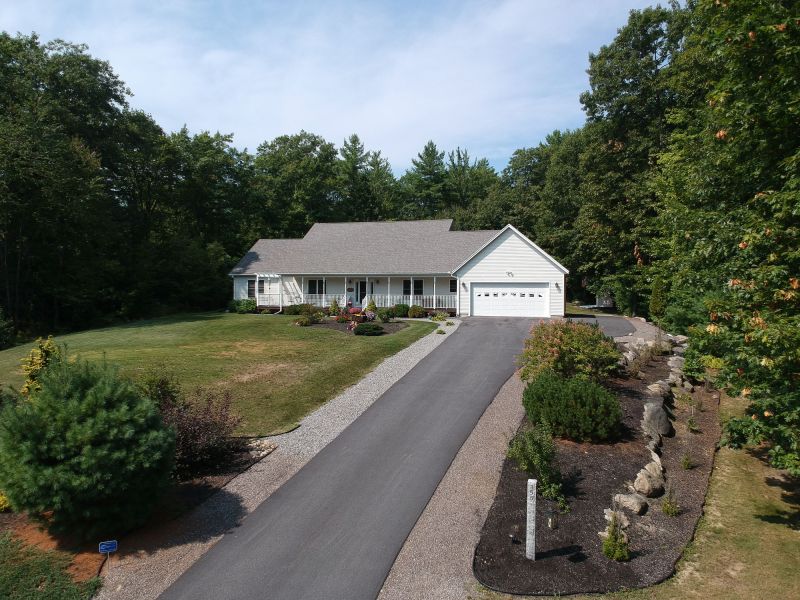
Summer offers warm weather, but precautions are necessary to manage rapid drying.

Fall provides cooler temperatures suitable for installation before winter.
Driveway replacement involves removing existing surfaces and installing new materials such as concrete, asphalt, or pavers. The process requires careful planning to ensure longevity and performance. Proper timing ensures optimal curing, reduces the risk of cracks, and extends the lifespan of the new driveway. According to industry statistics, scheduling during favorable weather can increase the lifespan of a driveway by up to 20%.
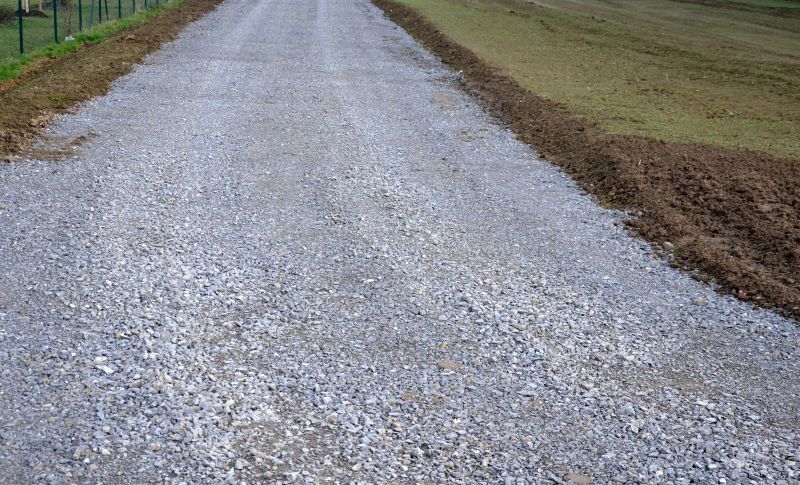
Removing old surfaces prepares the site for new installation.

A solid base is critical for durability and stability.
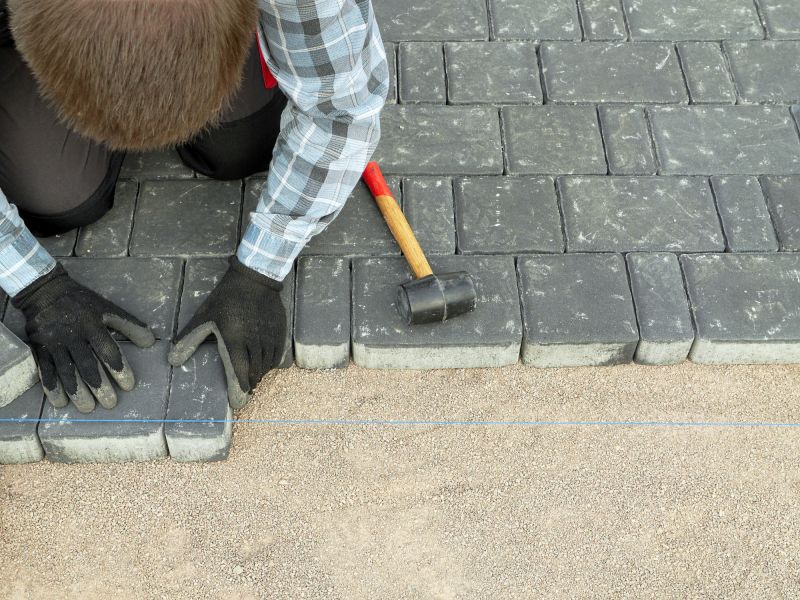
Proper placement of asphalt, concrete, or pavers ensures longevity.
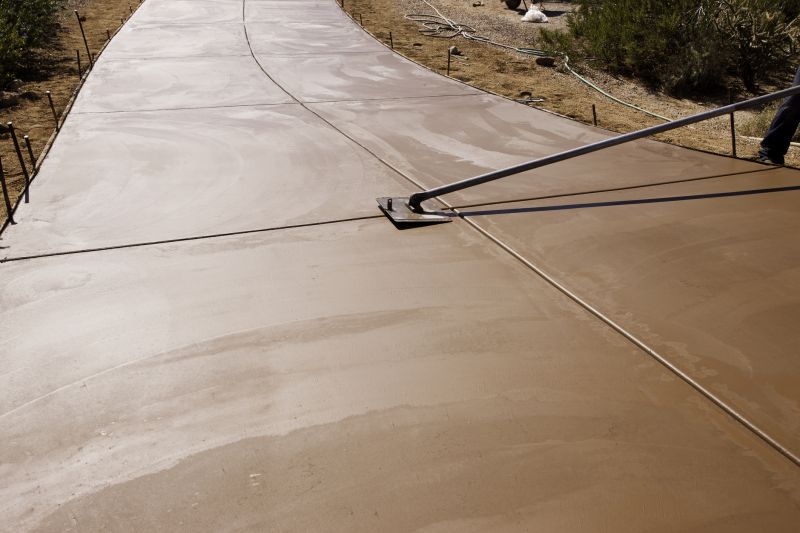
Finishing touches improve appearance and performance.
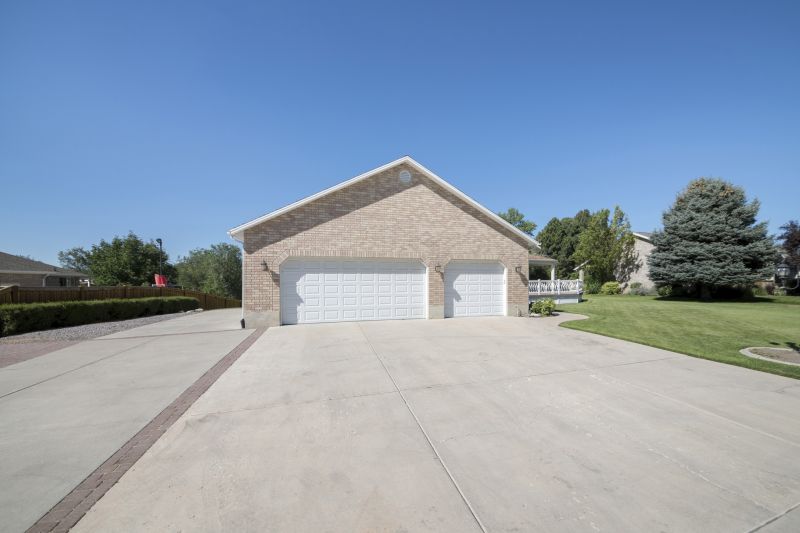
Ways to make Driveway Replacement Service work in tight or awkward layouts.
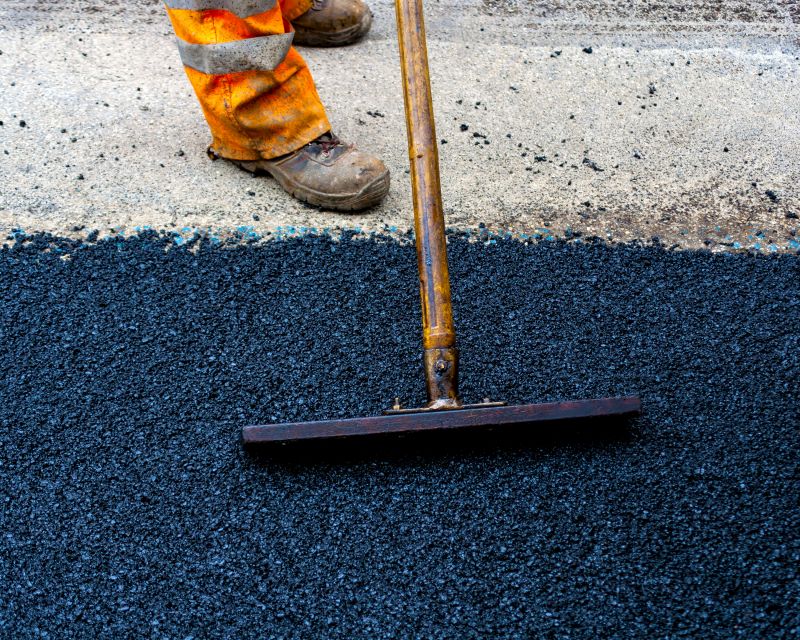
Popular materials for Driveway Replacement Service and why they hold up over time.
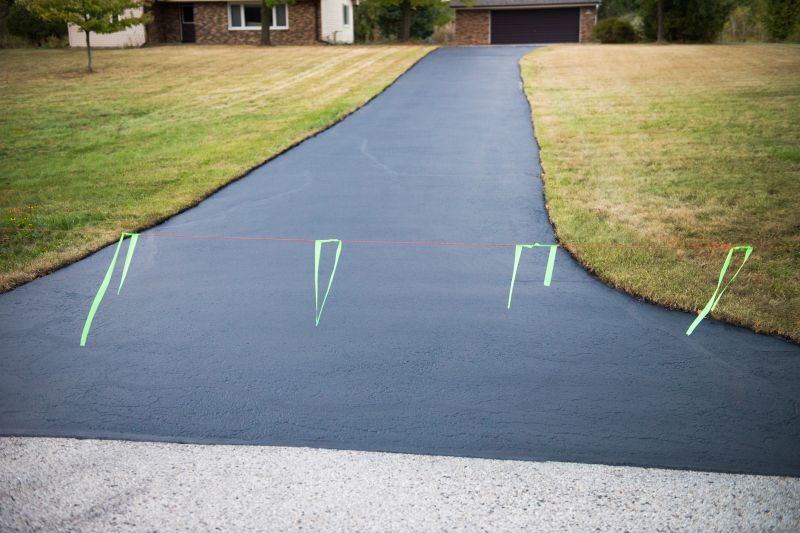
Simple add-ons that improve Driveway Replacement Service without blowing the budget.
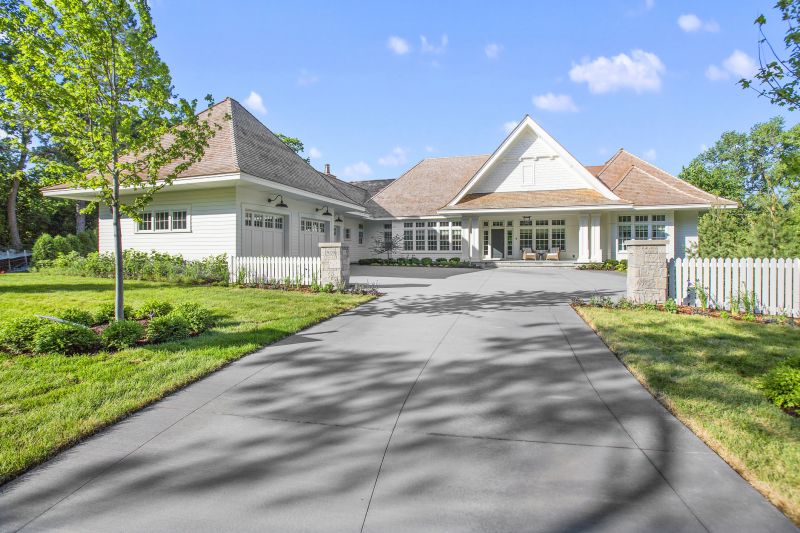
High-end options that actually feel worth it for Driveway Replacement Service.
| Season | Best Conditions for Replacement |
|---|---|
| Spring | Moderate temperatures and low humidity |
| Summer | Warm weather with precautions against rapid drying |
| Fall | Cooler temperatures and low humidity |
| Winter | Unsuitable due to freezing and snow |
Timing driveway replacement appropriately can prevent issues such as cracking, uneven settling, and premature deterioration. Planning during suitable seasons enhances the quality of the installation, reduces repair costs, and extends the driveway’s service life.
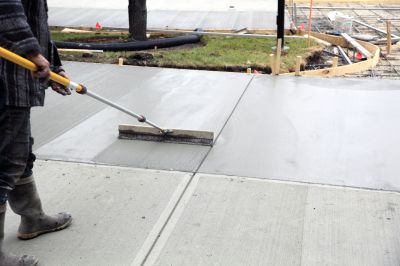
Installation underway during optimal weather conditions.

Finished driveway ready for use.
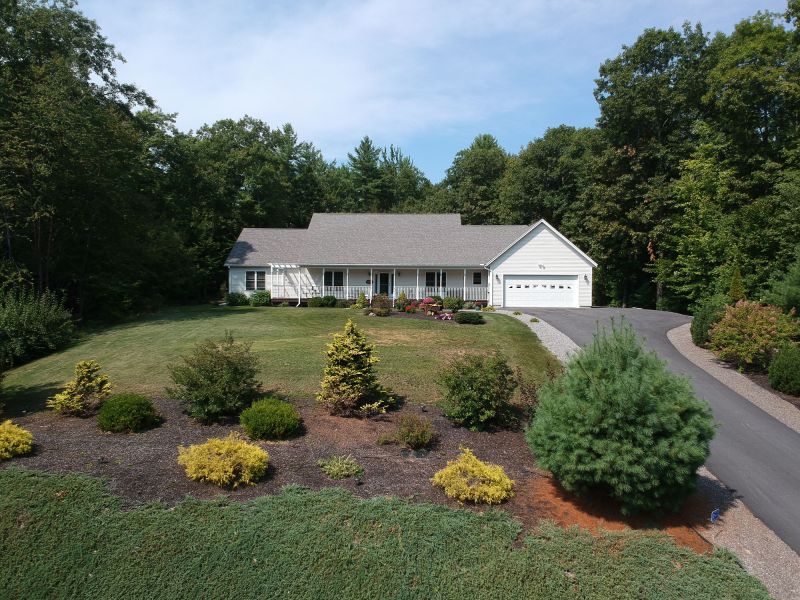
Scheduling driveway replacement based on seasonal weather patterns.

Tools and materials prepared for optimal installation.
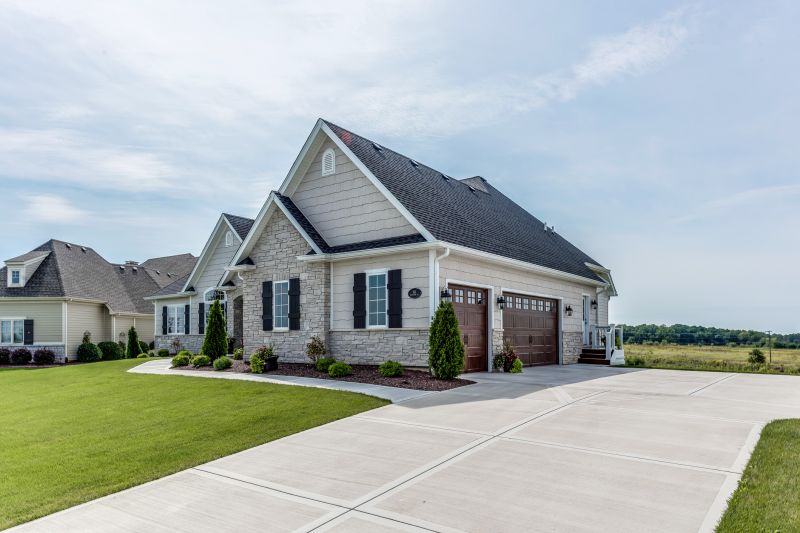
Finishes and colors that play nicely with Driveway Replacement Service.

Little measurements that prevent headaches on Driveway Replacement Service day.

A 60-second routine that keeps Driveway Replacement Service looking new.
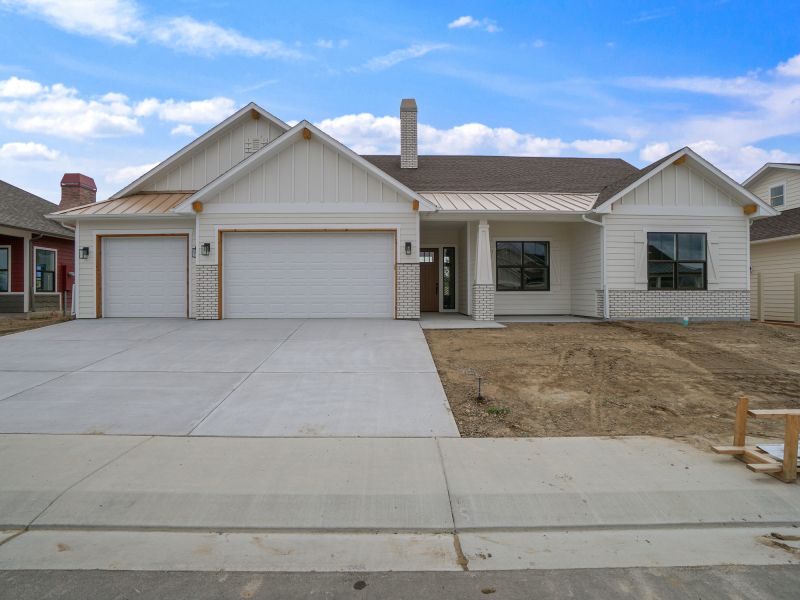
A frequent mistake in Driveway Replacement Service and how to dodge it.
Interested parties should consider seasonal weather patterns and consult with professionals to determine the best time for driveway replacement. Proper scheduling can lead to a more durable and long-lasting surface, reducing future maintenance needs.
